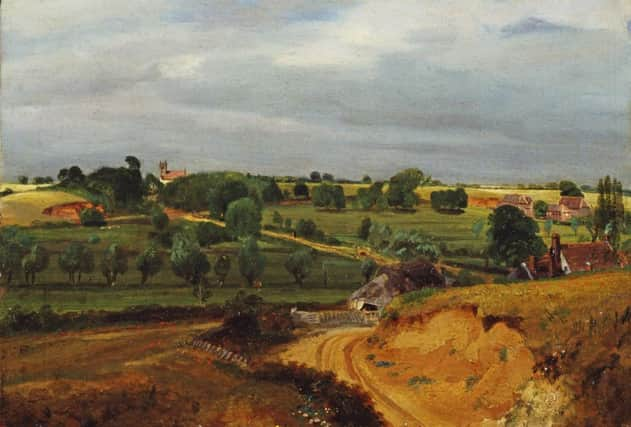Oil paintings by plein aire pioneers are as fresh as ever at Warwickshire exhibition


The practice of painting outdoors with oils seems a natural enough thing to do, but as with more or less everything, it had to be developed from scratch. It was the introduction in the early 1800s of oil paint in small bags (tubes came later) that made it possible.
Turner and Constable seized the opportunity that this development represented. They were the dominant figures of the period and they are dominant here in this substantial display of works from the Tate collection.
Advertisement
Hide AdAdvertisement
Hide AdTurner’s famous studies of the Thames valley and Constable’s views of Dedham Vale look as beautiful, effortless and fresh as they no doubt did on the day they were painted.
Even the lesser-known studies hold their own in a substantial show that also demonstrates ‘in’ works by the likes of John Sell Cotman and John Croome, how the portability of the new paints encouraged and facilitated a more direct approach to landscape.
Out went the absurdities of the grottos, idylls and languishing nymphs of the classical period and in came the realities of country life, with haymakers quaffing cider after the harvest was done.
The appeal is universal. It’s not yet the plein aire of French Impressionism. We would need Turner’s late works for that, but it’s pointing in the right direction. It’s the start of a search for authenticity that is still ongoing. Examples of this can be seen here in a contemporary extension to the main event. George Shaw’s study of the remnants of the Forest of Arden in Tile Hill, which includes an abandoned fridge, brings the show back to the present with telling effect.
Peter McCarthy